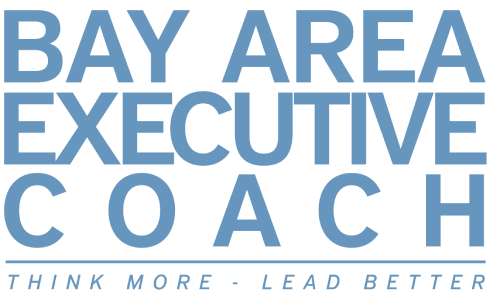Now you may think that only people can supervise people, but you’d be thinking the 20th century way. Take Amazon, for example. They recently admitted to using a software program called Adept, which stands for Associate Development and Performance Tracker. Adept tracks how each employee performs against externally-established benchmarks and automatically generates warnings when employees fall short. A law firm representing Amazon explained that the system “automatically generates any warnings or terminations regarding quality or productivity without input from supervisors.” The system also tracks “time off task” when workers halt scanning packages for bathroom breaks, for example. Too much “time off task” will also generate warnings and lead to the firing of the employee.
Now granted, this may take the fun out of work. But the aim of increasing output by removing low performers is not a new concept. Companies like GE under Jack Welch from 1981-mid 2000 used “rank and yank” systems to manage their workforce productivity. Employees were ranked by their managers in three tiers: the top 20 percent were told they were “1s,” the middle 75% were “2s” and the bottom 10% were assigned “3s,” The bottom 10% had a chance to improve, if not, they would be fired. Proponents found it to be refreshingly transparent and said it fostered meritocracy. Critics, however, claim that the system was demoralizing and dehumanizing.
That today’s artificial intelligence would be used to identify and discharge low performers should not come as a big surprise. Thankfully, similar technology can be used to increase performance even before an employee is brought on board, thereby avoiding costly hiring mistakes altogether. For example, we provide PXT Select assessments to our clients to guide them through the hiring process. Use of fit assessments such as PXT Select can remove bias and complement the use of resumes and interviews to find the best candidate, helping your organization simplify the process, replicate top performers, and decrease the cost of bad hires while retaining its valued talent.
 A 2015 National Bureau of Economics Review study, conducted by Mitchell Hoffman, Lisa B. Kahn, and Danielle Li, measured the value of managerial discretion versus reliance on job tests for hiring workers. The researchers created an assessment and, with the use of an algorithm, divided the applicants into three groups: high, moderate, and low scoring. Using job retention as a critical measure of hiring quality, the authors found that workers employed utilizing this assessment stayed with the company on average 15 percent longer than the workers hired based on managerial discretion alone. The research also showed that, in about 20 percent of cases, managers would “override” these results and still select a lower scoring worker. Unfortunately, these workers’ tenure would match the assessment’s predicted outcome. The Chicago Policy Review shows the results of this research in these informative graphics.
A 2015 National Bureau of Economics Review study, conducted by Mitchell Hoffman, Lisa B. Kahn, and Danielle Li, measured the value of managerial discretion versus reliance on job tests for hiring workers. The researchers created an assessment and, with the use of an algorithm, divided the applicants into three groups: high, moderate, and low scoring. Using job retention as a critical measure of hiring quality, the authors found that workers employed utilizing this assessment stayed with the company on average 15 percent longer than the workers hired based on managerial discretion alone. The research also showed that, in about 20 percent of cases, managers would “override” these results and still select a lower scoring worker. Unfortunately, these workers’ tenure would match the assessment’s predicted outcome. The Chicago Policy Review shows the results of this research in these informative graphics.
In conclusion, we are seeing an increase in the use of software and technology to manage workforces and raise productivity. And while there is already a dizzying array of choices when it comes to technology applications for workforce management, we think this is just the beginning of what we’ll see in the next decade.
Strategic planning is important in every organization at any time. However, at this present time, it’s more important than ever. Read our article Getting Strategic Planning Right.
Featured photo sourced from Pexels which can be found here.










